Why 100 Proof Matters for Spirit Enthusiasts
100 proof is simply alcohol that contains 50% alcohol by volume (ABV). Here's what you need to know:
- 100 proof = 50% ABV (in the United States)
- Calculation: US proof is always twice the ABV percentage
- Common examples: Bottled-in-bond whiskeys, premium vodkas, moonshine
- Significance: Considered the traditional benchmark for authentic, high-quality spirits
- Flammability: 100 proof is the point where alcohol becomes flammable
Many aficionados consider 100 proof to be the traditional benchmark of a spirit that meets certain high standards of authenticity. This proof level offers a fuller flavor profile that bartenders prize for spirit-forward cocktails, while still maintaining the smoothness that serious drinkers expect.
The term "proof" itself has fascinating origins. It comes from 16th-century Britain, where tax officials would test spirits by mixing them with gunpowder and trying to ignite the mixture. If it burned, the spirit was "proved" to contain enough alcohol to warrant full taxation.
Understanding proof levels helps you make better choices about the spirits you buy and drink. Whether you're crafting cocktails or sipping neat, knowing that 100 proof means exactly 50% alcohol content gives you the knowledge to select spirits that match your preferences and needs.
I'm Sylwester Skóra, founder of Two Flags Vodka, and I've spent years perfecting ultra-premium spirits that honor the 100 proof tradition of authenticity and quality. My experience crafting vodka that celebrates both Polish heritage and American innovation has taught me that understanding proof is essential for appreciating truly exceptional spirits.
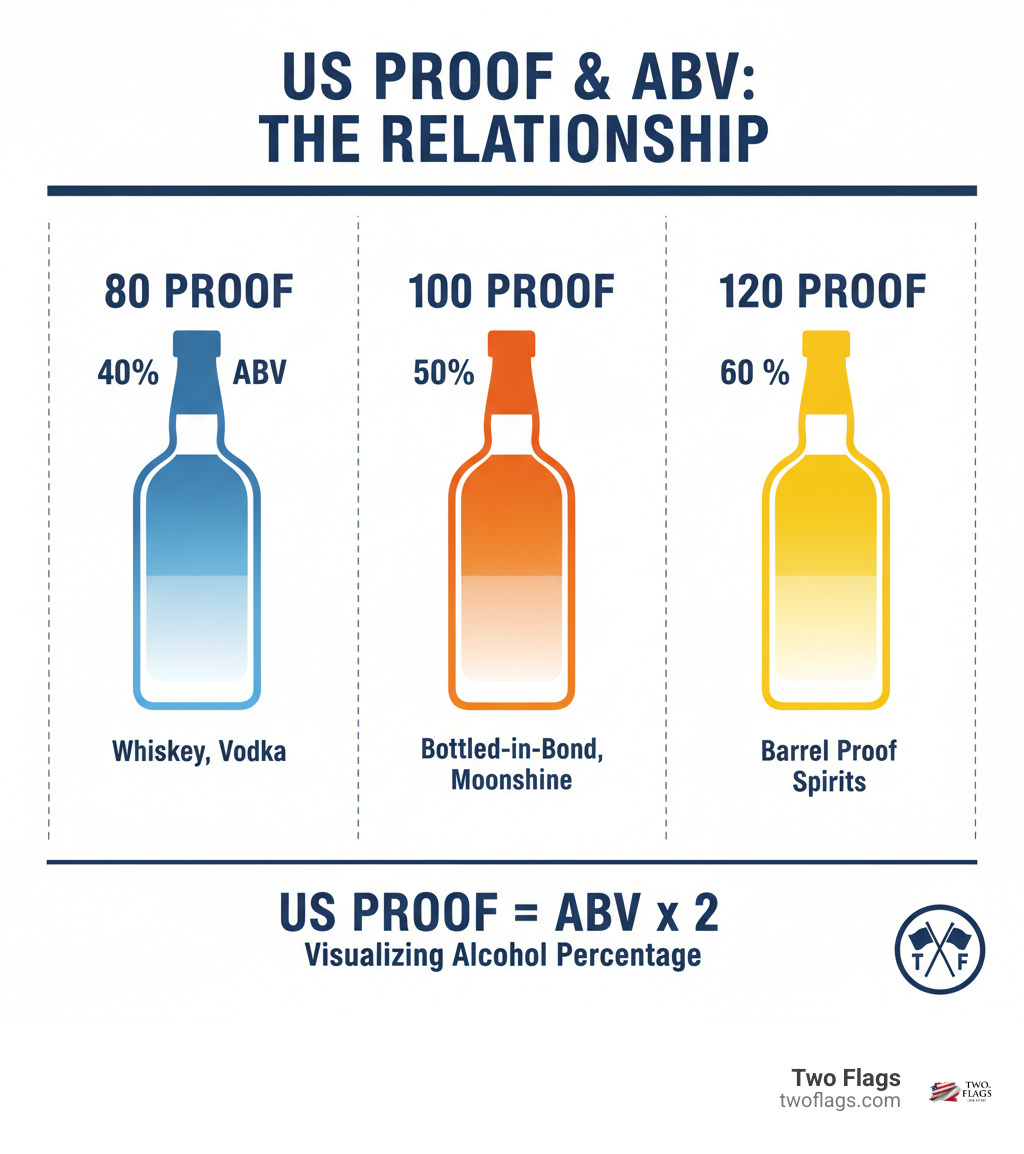
The Origins of "Proof": A Spirited History
Picture this: you're aboard a British Royal Navy ship in the 1500s, and someone needs to check if the crew's spirits are the real deal or watered-down swill. What do they do? They grab some gunpowder and set it on fire, of course!
This wild-sounding method was actually how the term "proof" came to be. Back in 16th-century Britain, spirits were becoming popular—and naturally, the government wanted to tax them properly. But here's the problem: there weren't any fancy scientific instruments to measure alcohol content back then.
Enter the dramatic gunpowder test. Tax officials and ship officers would soak a small amount of gunpowder with the spirit they were testing. Then came the moment of truth—literally. They'd try to light it on fire.
If the mixture burned with a clear, steady blue flame, congratulations! The spirit was "proved" to contain enough alcohol and earned the designation of 100 proof. If it fizzled out or barely burned, well, someone had been adding too much water, and the spirit was deemed "underproof."
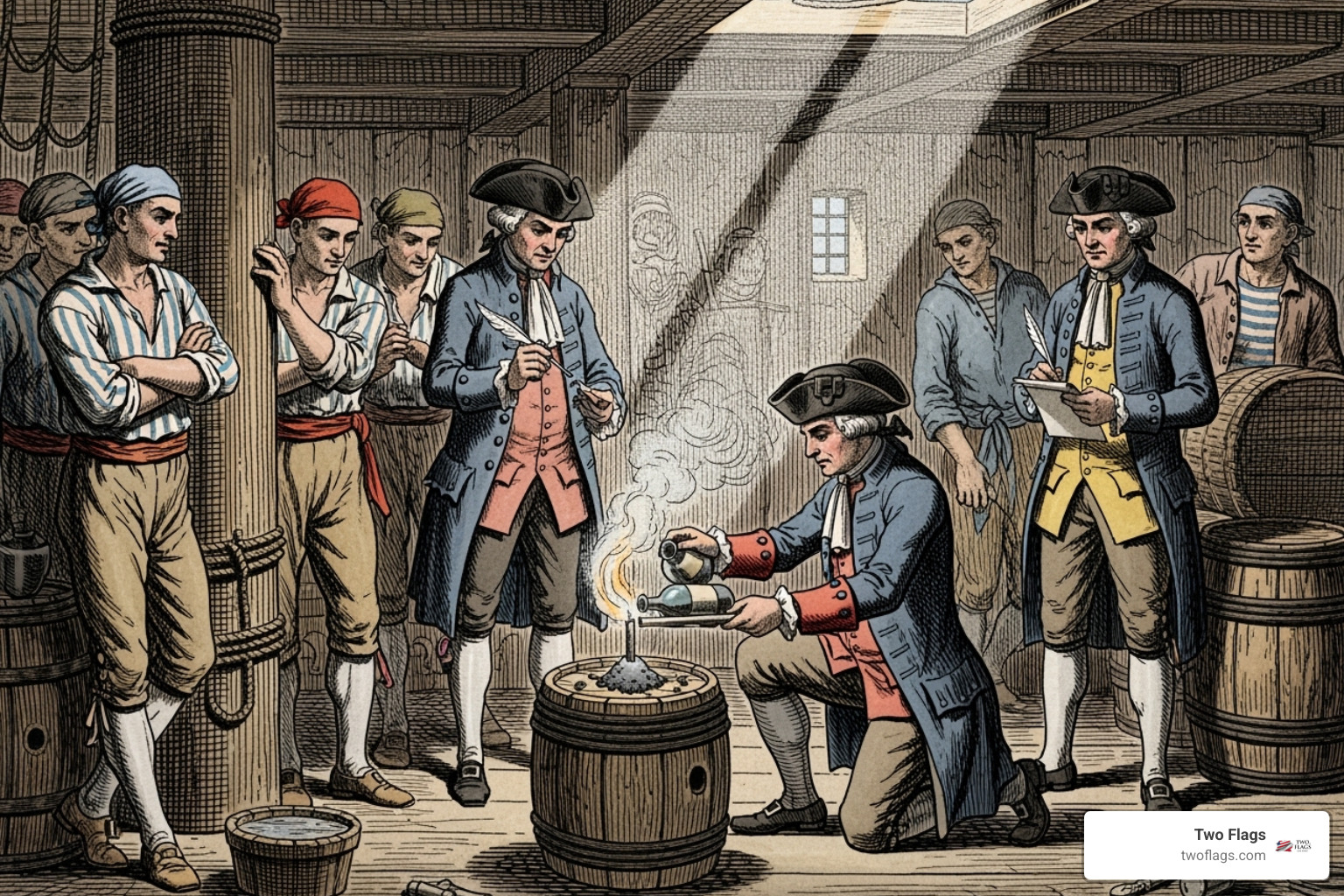
This burn-or-no-burn test wasn't just for show—it was serious business for spirit taxation. The stronger the alcohol, the higher the tax. Sailors and merchants alike had a vested interest in proving their spirits met the standard.
Of course, this method had its quirks. The results could change depending on how warm the spirit was or the quality of the gunpowder. But for centuries, it got the job done, establishing "proof" as the go-to way of measuring a spirit's strength.
As science advanced, the dramatic gunpowder method eventually gave way to more precise measurements using specific gravity. By 1816, England had established a legal standard where 100 proof equaled about 57.15% alcohol by volume.
Today, when you see 100 proof on a bottle of Two Flags One Spirit, you're looking at centuries of tradition distilled into those simple words. It's a reminder of the ingenuity our ancestors used when proving strength was literally a matter of fire and gunpowder.
Want to dive deeper into this fascinating history? Check out William B. Jensen's detailed work on The Origin of Alcohol 'Proof' for the full story of how a simple test shaped the spirits industry forever.
Decoding the Numbers: Proof vs. ABV
Understanding alcohol strength doesn't have to be complicated, even though you'll see different numbers on bottles from around the world. The key is knowing that proof and ABV (Alcohol By Volume) both tell you the same thing - how much alcohol is actually in your glass - but they express it differently depending on where the bottle was made.
The US Standard: What is 100 Proof?
Here in the United States, we've kept things beautifully simple. US proof is always exactly twice the ABV percentage. So when you see 100 proof on a bottle of Two Flags One Spirit vodka, you know immediately that it contains 50% alcohol by volume. An 80 proof spirit? That's 40% ABV. The math is that straightforward.
This higher alcohol content makes a real difference in your drinking experience. 100 proof spirits pack more intensity and flavor compared to the standard 80 proof options you'll find on most shelves. That's exactly why bartenders often reach for higher-proof spirits when crafting cocktails - they want that bold, authentic spirit character to shine through.
The beauty of this system is that you can make quick decisions about spirit potency just by glancing at the label. No complex calculations needed. If you're curious about how alcohol strength affects different spirits, our guide on vodka's potency dives deeper into this topic.
Global Differences: The UK Proof System
Things get more interesting when we look across the pond. The traditional UK proof system worked quite differently from ours. British 100 proof actually meant 57.15% ABV - significantly stronger than the American equivalent. This difference goes back to those old gunpowder tests we talked about earlier, where the specific gravity of the spirit determined its "proof."
Imagine the confusion this caused for international travelers and traders! A 100 proof bottle in London was considerably more potent than a 100 proof bottle in New York.
Fortunately, the world has largely moved toward standardization. Since 1980, the UK and the entire European Union have adopted ABV as their standard measurement. Canada made this switch even earlier, in 1972. This global shift toward ABV has made life much easier for everyone - whether you're a spirits enthusiast, a bartender, or just someone who wants to know exactly what they're drinking.
Legal Labeling Requirements
The US government takes alcohol labeling seriously, and for good reason. The TTB (Alcohol and Tobacco Tax and Trade Bureau) requires that every bottle clearly display its ABV percentage. This isn't optional - it's the law.
What is optional, though, is including the proof statement alongside the ABV. That's why you'll often see both numbers on American spirits labels. A bottle might proudly display both "50% ABV" and "100 Proof" to give consumers complete information.
The regulations also allow for small variations in production - up to 0.15% difference from the stated ABV for most bottles. This practical flexibility accounts for the natural variations that occur during distillation and bottling, while still ensuring accuracy.
These labeling requirements exist to protect consumers and ensure transparency in the marketplace. When you pick up a bottle, you have the right to know exactly what you're getting. You can find the complete legal framework in Title 27 of the Code of Federal Regulations, Chapter 1, §5.37.
The Significance of 100 Proof Alcohol
Why does 100 proof hold such a special place in spirits? It's not just another number on a label. This particular strength represents something meaningful - a perfect balance that serious drinkers and bartenders have recognized for centuries.
Impact on Flavor and Cocktails
When you taste a 100 proof spirit, you're experiencing something fundamentally different from its lower-proof cousins. At 50% ABV, these spirits deliver bolder flavors and a richer mouthfeel that simply can't be matched by weaker versions. The higher alcohol content acts like a flavor amplifier, carrying the spirit's unique character right to your taste buds.
Think of it this way: if regular spirits whisper their flavors, 100 proof spirits speak with confidence. Every sip reveals layers of complexity that might get lost in a lower-proof bottle.
For bartenders, 100 proof spirits are pure gold. When crafting spirit-forward cocktails like martinis or manhattans, you need a base that won't disappear behind the other ingredients. A 100 proof vodka stands its ground, delivering the intensity that makes these classic drinks truly shine.
The higher alcohol content also makes these spirits perfect for cocktail infusions. Whether you're creating herb-infused vodkas or fruit-flavored spirits, the extra strength pulls out flavors more effectively. Our Two Flags One Spirit vodka excels at this - its clean profile lets your chosen flavors really pop through. If you're curious about how the right vodka can transform your cocktails, check out our guide: Cocktail Kingpins: The Vodkas That Make Your Drinks Shine.
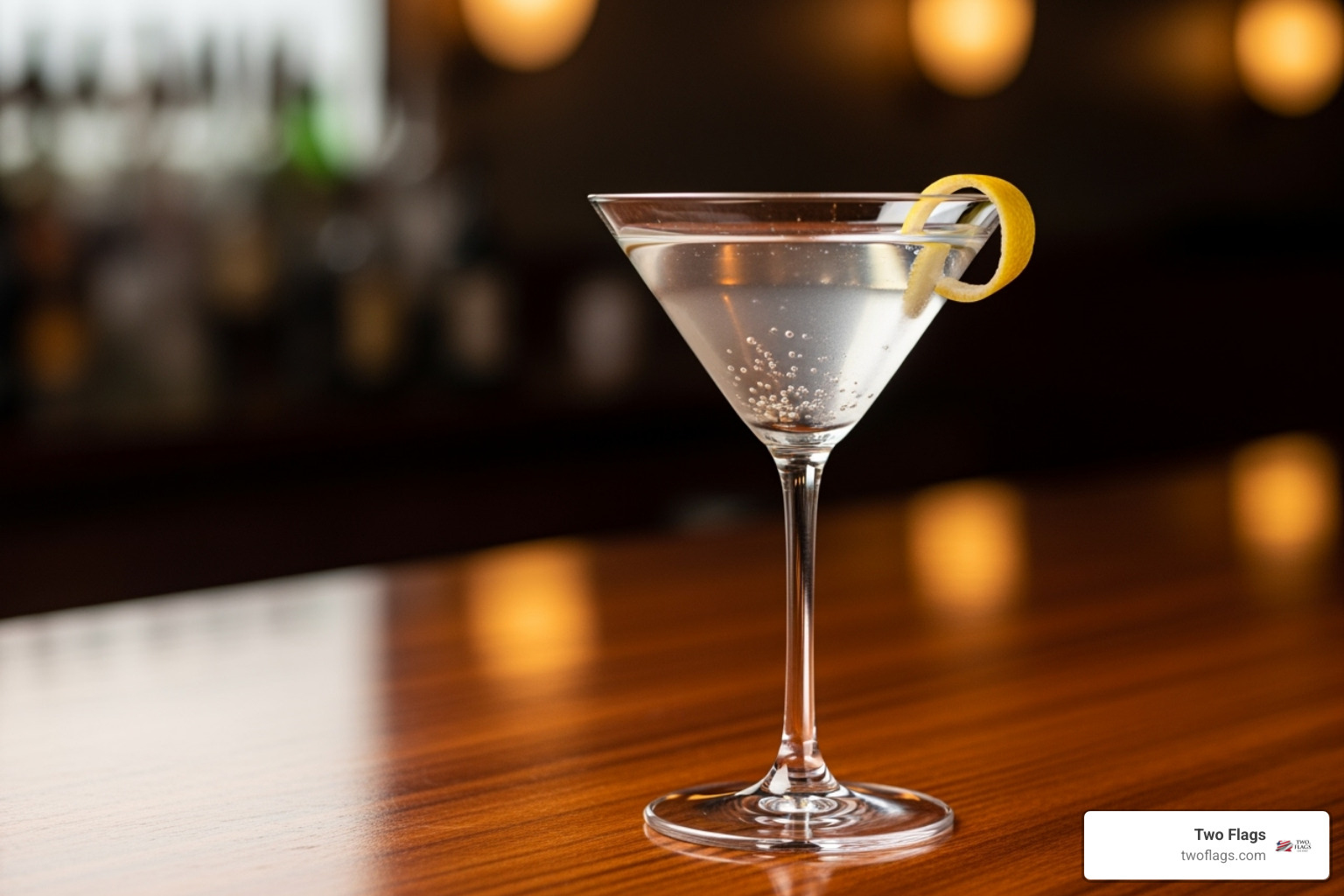
Common Spirits and the "Bottled-in-Bond" Benchmark
The story of 100 proof in America really begins with the Bottled-in-Bond Act of 1897. Back then, whiskey was often watered down or filled with nasty additives. This groundbreaking law created strict rules: spirits had to be made by one distiller, aged at least four years in government-bonded warehouses, and bottled at exactly 100 proof.
This wasn't just about alcohol content - it was about creating a mark of quality that consumers could trust. When you saw "Bottled-in-Bond" on a label, you knew you were getting the real deal, not some watered-down imitation.
Today, 100 proof still carries that legacy of authenticity. It's become a traditional benchmark that signals serious craftsmanship. While our Two Flags One Spirit vodka isn't whiskey, we accept this same commitment to excellence. Every bottle represents our dedication to creating ultra-premium, organic spirits that honor both quality and tradition.
Beyond the Bar: Flammability and Other Uses
Here's where things get interesting: 100 proof alcohol is the exact point where spirits become flammable. This isn't just a fun party trick - it opens up a whole world of culinary possibilities.
Ever seen a chef dramatically set a dish ablaze? That's flambéing, and it requires spirits at 100 proof or higher. The alcohol burns off while leaving behind subtle, caramelized flavors that can't be achieved any other way. It's cooking and theater rolled into one spectacular moment.
The high alcohol content also makes 100 proof spirits incredibly effective for making tinctures. Herbalists and home enthusiasts use this strength to extract powerful compounds from plants, creating concentrated remedies and flavor extracts. The alcohol acts like a super-efficient solvent, pulling out essences that weaker spirits simply can't capture.
Home infusions are another fantastic use. Want to create your own flavored vodka? 100 proof spirits extract flavors from fruits, herbs, and spices much more effectively than their weaker counterparts. You'll get richer, more complex results in less time.
This versatility shows that 100 proof alcohol isn't just about what's in your glass - it's a valuable tool for anyone interested in exploring the creative possibilities of high-quality spirits.
"100 Proof" in Culture: More Than Just a Number
Here's something fascinating: "100 proof" has broken free from spirits and become a powerful way we describe authenticity in everyday life. When someone says something is "100 proof," they're not talking about alcohol content anymore. They're saying it's the real thing - genuine, unfiltered, and authentic.
Think about it. You might hear a friend describe their favorite musician as "100 proof" because their lyrics are raw and honest. A coach might call their star player "100 proof" to highlight their unwavering strength and intensity. The term has become our cultural shorthand for anything that's undeniably genuine and powerful.
This slang meaning shows up everywhere in pop culture references. Musicians use it to describe albums that deliver unfiltered truth. Athletes get called "100 proof" when they show pure determination. Even in casual conversation, we use it as a metaphor for authenticity - a way of saying "this is legitimate, this is the real deal."
What's beautiful about this cultural adoption is how it connects back to the original meaning. Just like a 100 proof spirit represents unadulterated quality and potency, calling someone or something "100 proof" means they're true to form, without compromise. It's our way of recognizing that real strength and authenticity can't be faked or watered down.
The fact that this term has traveled so far from its distillery origins speaks to something deeper. We all understand instinctively that 100 proof represents a benchmark - whether we're talking about spirits or life itself. It's become our cultural stamp of approval for anything that delivers the full experience, no shortcuts, no dilution, just pure authenticity.
Frequently Asked Questions about 100 Proof
When it comes to 100 proof alcohol, people have lots of questions. Whether you're curious about its strength, wondering if you can sip it neat, or puzzling over freezer storage, let's dive into the most common questions we hear.
Is 100 proof alcohol twice as strong as 50 proof?
Absolutely! The math here is beautifully straightforward. 100 proof alcohol contains 50% ABV, while 50 proof contains 25% ABV. So yes, you're getting exactly twice the alcohol content by volume.
This difference matters more than you might think. When you're mixing drinks or planning a tasting, that 100 proof spirit will pack significantly more punch than its lower-proof cousin. It's not just about getting tipsy faster – it's about understanding what you're working with so you can drink responsibly and enjoy the experience safely.
Think of it this way: if you normally have two cocktails made with 50 proof spirits, switching to 100 proof means you're essentially having four drinks' worth of alcohol in the same volume. Always keep this in mind when you're enjoying higher-proof spirits.
Can you drink 100 proof alcohol straight?
Here's where quality makes all the difference. You can absolutely drink 100 proof alcohol straight, but whether you'll want to depends entirely on what's in your glass.
Premium spirits like our Two Flags One Spirit vodka are crafted specifically to be smooth enough for neat sipping, even at 100 proof. The higher alcohol content actually helps carry more complex flavors and aromas to your palate, creating a richer tasting experience. Many spirit enthusiasts prefer their high-quality vodkas neat or on the rocks with just one large ice cube.
That said, 100 proof isn't for everyone straight up. The intensity can be overwhelming if you're not used to it. There's absolutely nothing wrong with adding a splash of water to open up the flavors, or using it as the base for a well-balanced cocktail. The key is finding what you enjoy most. If you're interested in exploring spirits perfect for sipping solo, check out our guide: No Mix, No Fuss: Top Vodkas for Sipping Solo.
Does 100 proof alcohol freeze?
This question comes up constantly, and the answer will probably surprise you: no, 100 proof alcohol won't freeze in your home freezer.
Pure ethanol freezes at a bone-chilling -173.2°F (-114°C). Even though 100 proof spirits are half water, half alcohol, that freezing point is still way below what your home freezer can achieve. Most freezers run between -0.4°F and -4°F (-18°C to -20°C), which isn't nearly cold enough.
What happens instead is pretty interesting. Your 100 proof vodka will get beautifully cold and develop a silky, slightly thicker texture that many people love. It won't turn into a popsicle, but it will be perfectly chilled for sipping or mixing.
Lower-proof spirits are a different story. Anything below about 60 proof (30% ABV) might get slushy or even freeze solid in your freezer. If you want to dive deeper into the science of frozen spirits, we've got you covered: The Cold Hard Facts: Will Your Vodka Bottle Burst in the Freezer?.
Conclusion
Understanding what 100 proof means has taken us on quite a journey. From those brave sailors testing spirits with gunpowder on British Navy ships to today's precise scientific measurements, this simple number carries centuries of tradition and authenticity.
When you see 100 proof on a bottle, you're looking at more than just 50% alcohol by volume. You're seeing a mark of quality that connects to the Bottled-in-Bond Act of 1897, a benchmark that serious bartenders reach for when crafting spirit-forward cocktails, and a cultural symbol that represents the real deal.
This knowledge transforms how you approach spirits. Whether you're choosing a vodka for a perfect martini, deciding what to sip neat on a quiet evening, or simply wanting to understand what you're buying, knowing that 100 proof equals authenticity and intensity helps you make better choices.
At Two Flags Vodka, we honor this tradition of excellence. Our Two Flags One Spirit vodka embodies the same commitment to authenticity that 100 proof represents. We craft our ultra-premium, organic, and gluten-free vodka with the dedication to quality that discerning drinkers expect. Every bottle reflects our Polish heritage and American innovation, delivering the smoothness and character that make 100 proof spirits so special.
The next time you're browsing the spirits aisle or ordering at your favorite bar, you'll read those labels with new eyes. 100 proof isn't just a number - it's a promise of quality, a nod to history, and a guarantee of the full-strength experience that true spirit enthusiasts appreciate. To learn more about our farm-to-glass commitment to quality, explore our journey: From Farm to Glass: The Best Organic and Natural Vodkas.


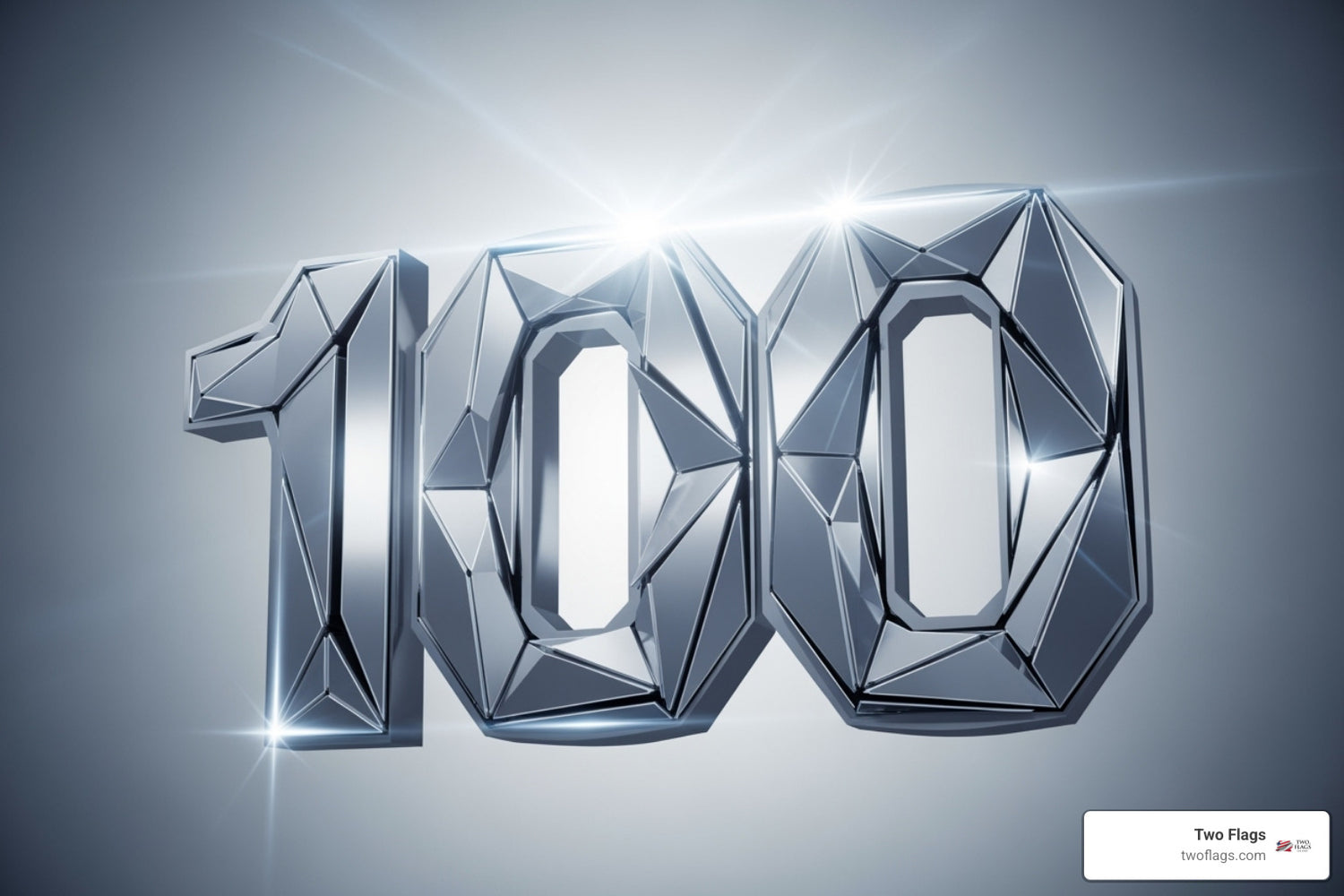

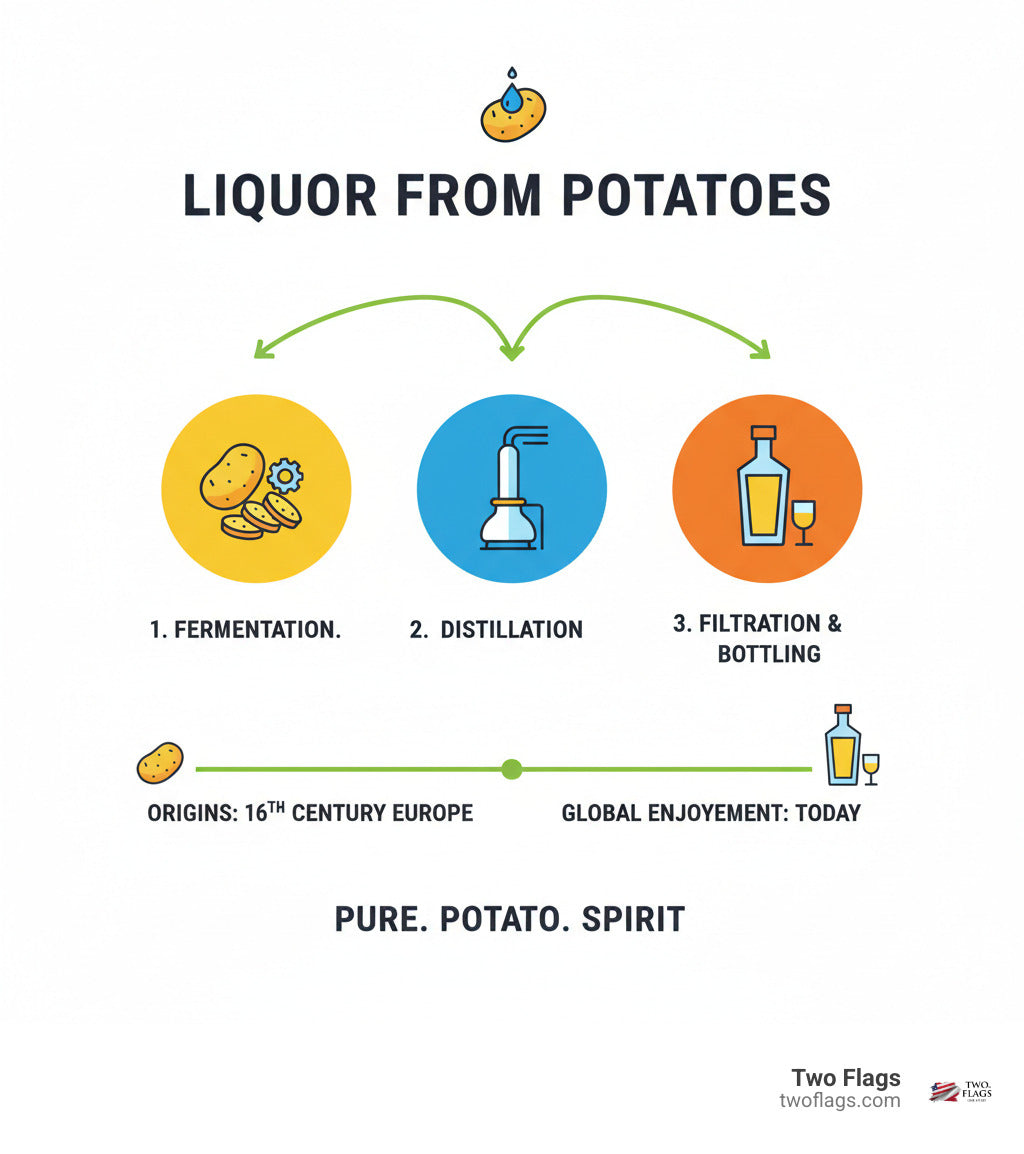
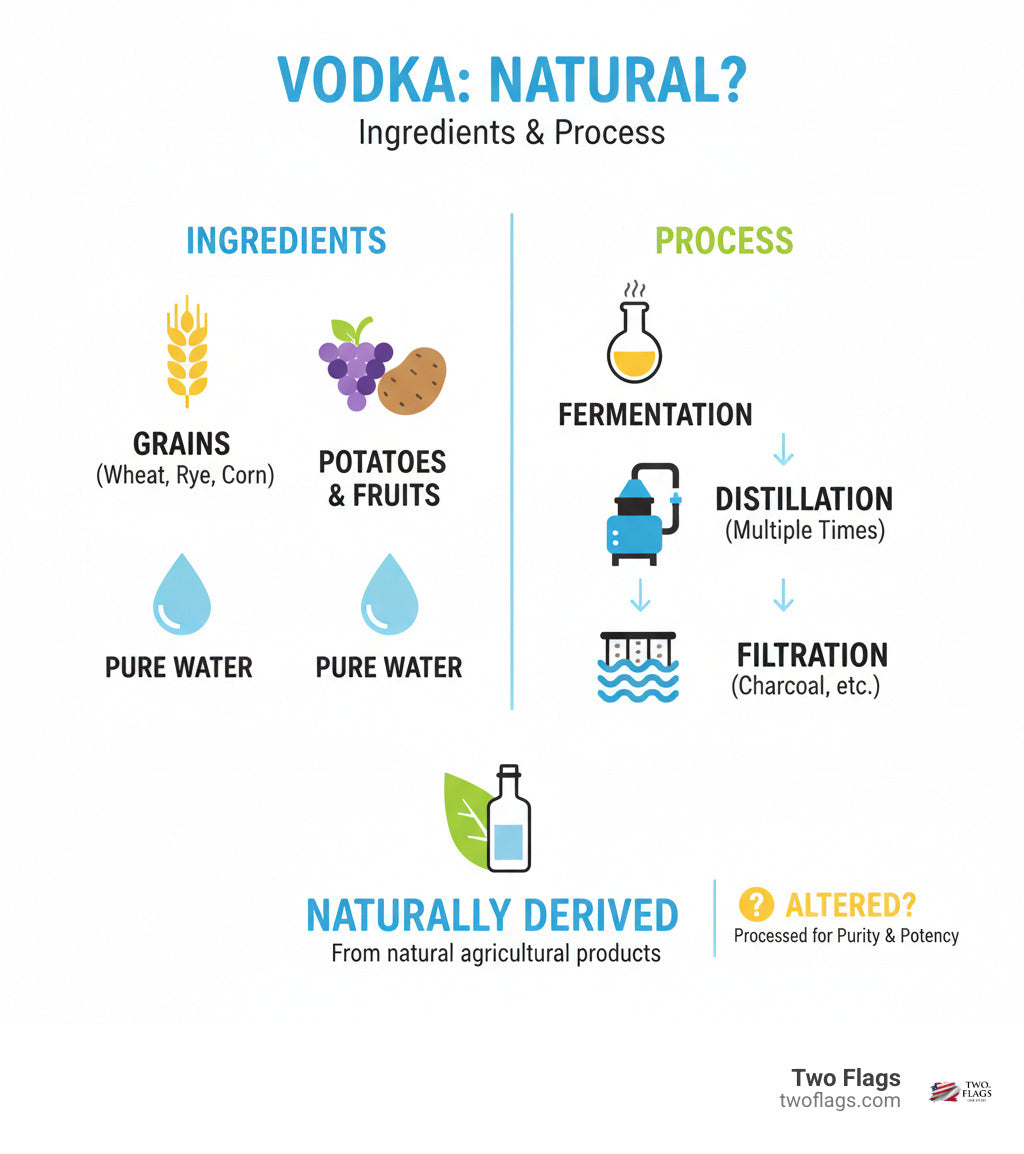
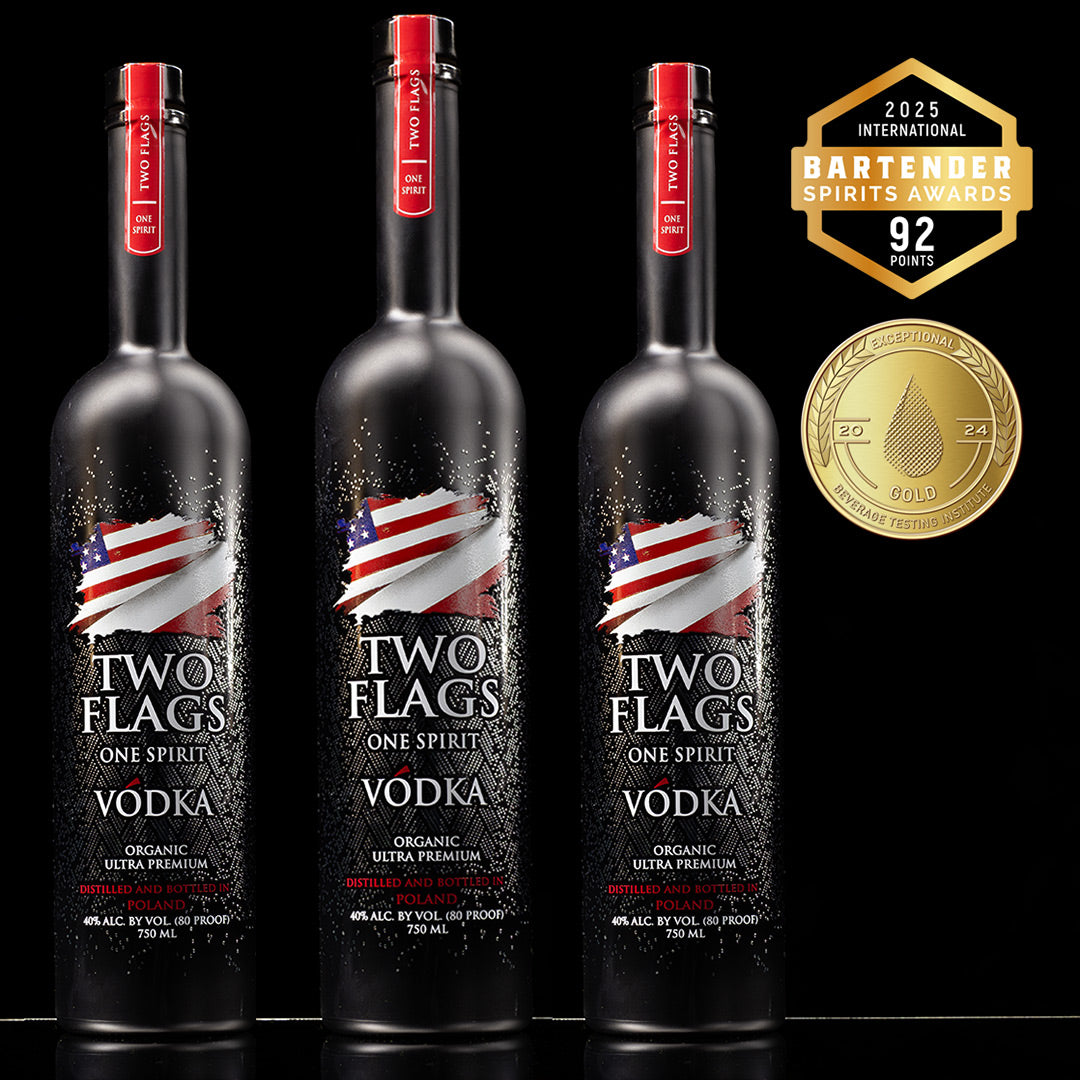
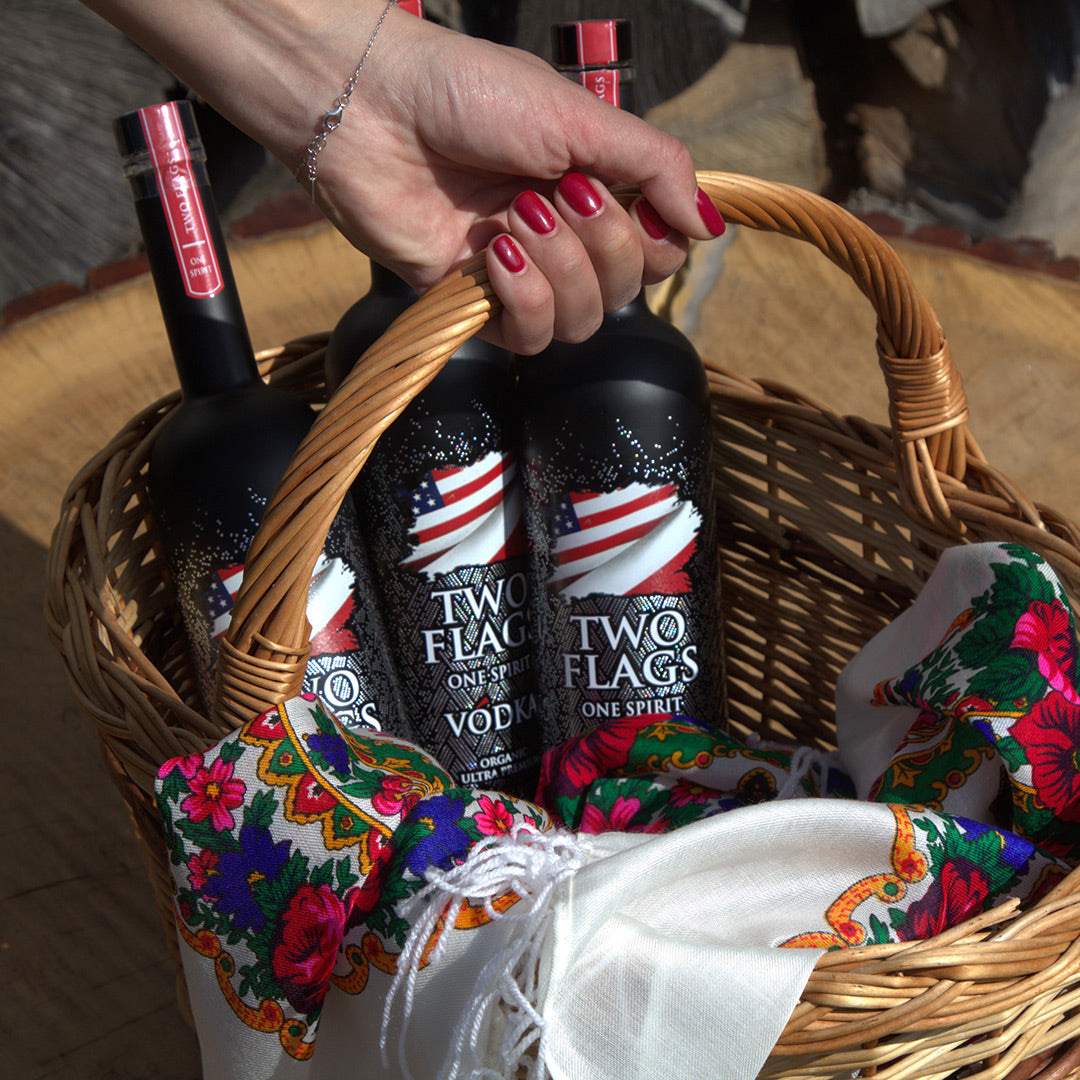
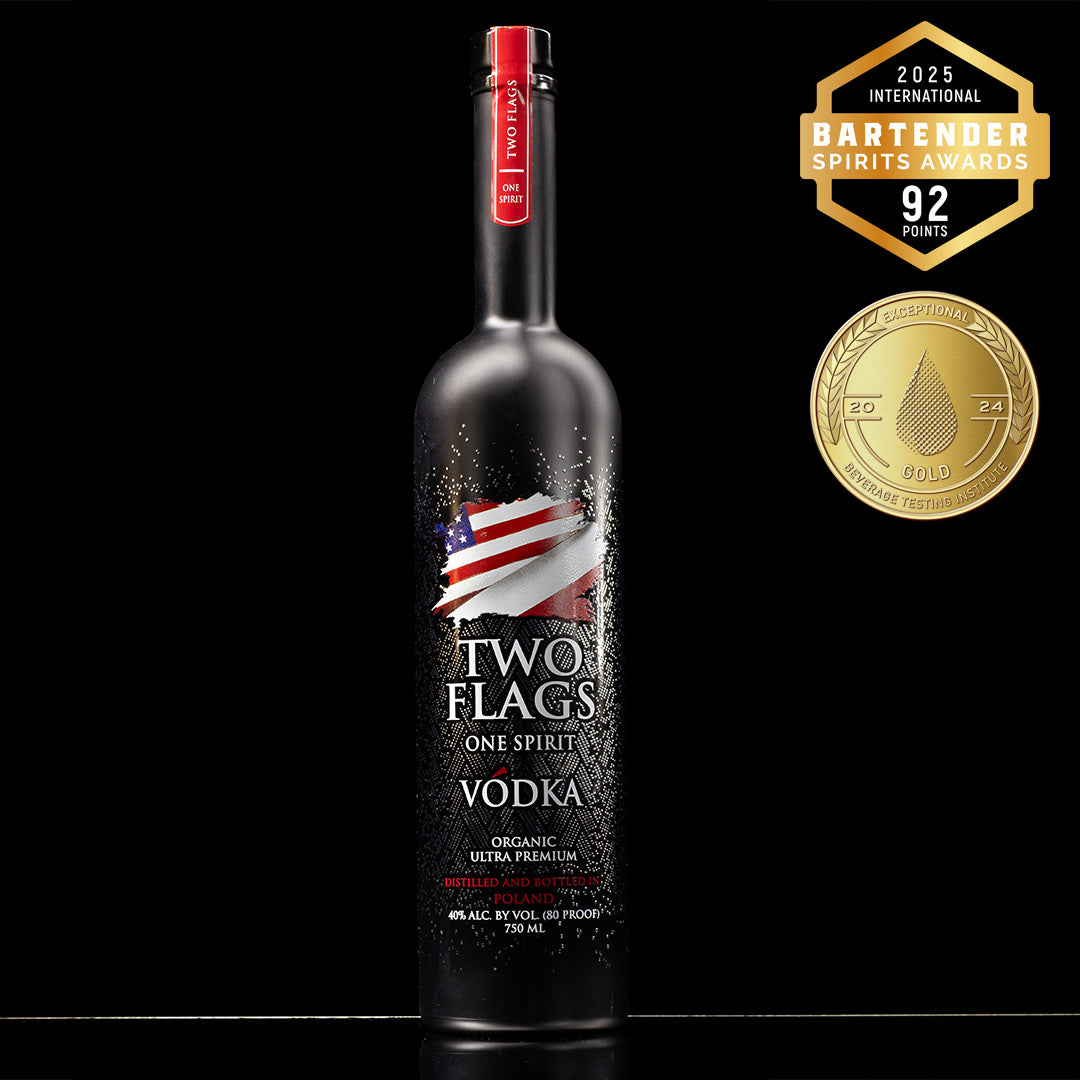
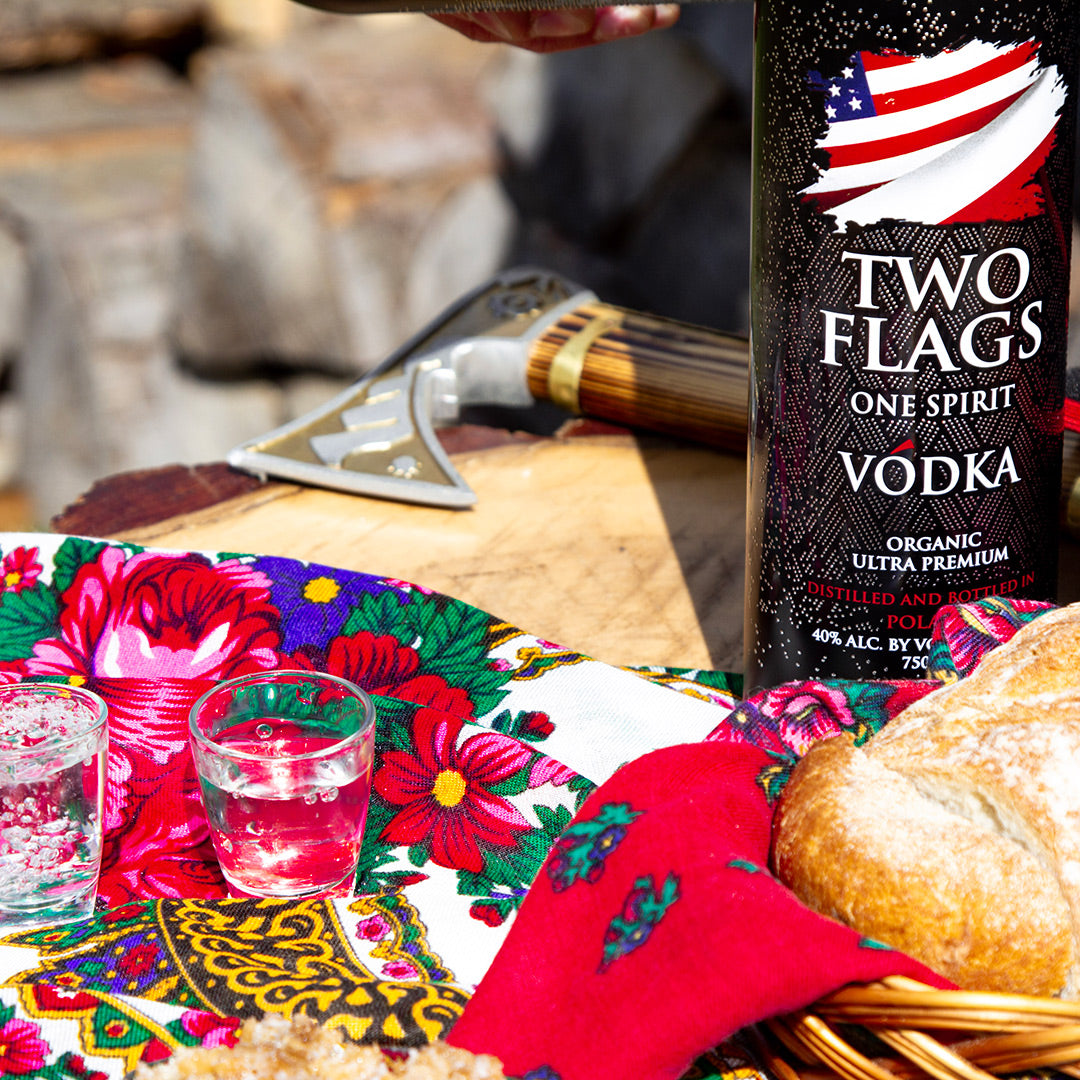
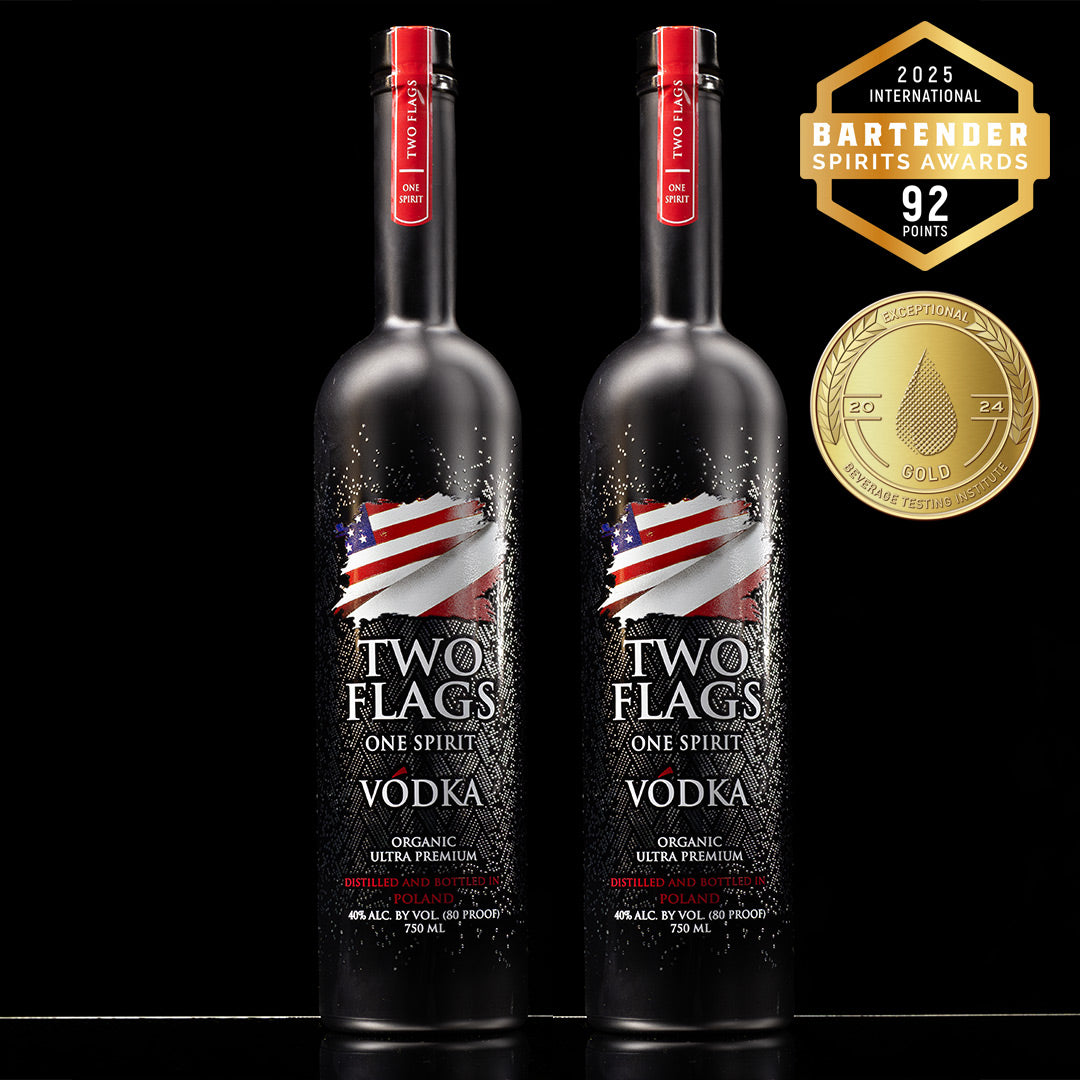
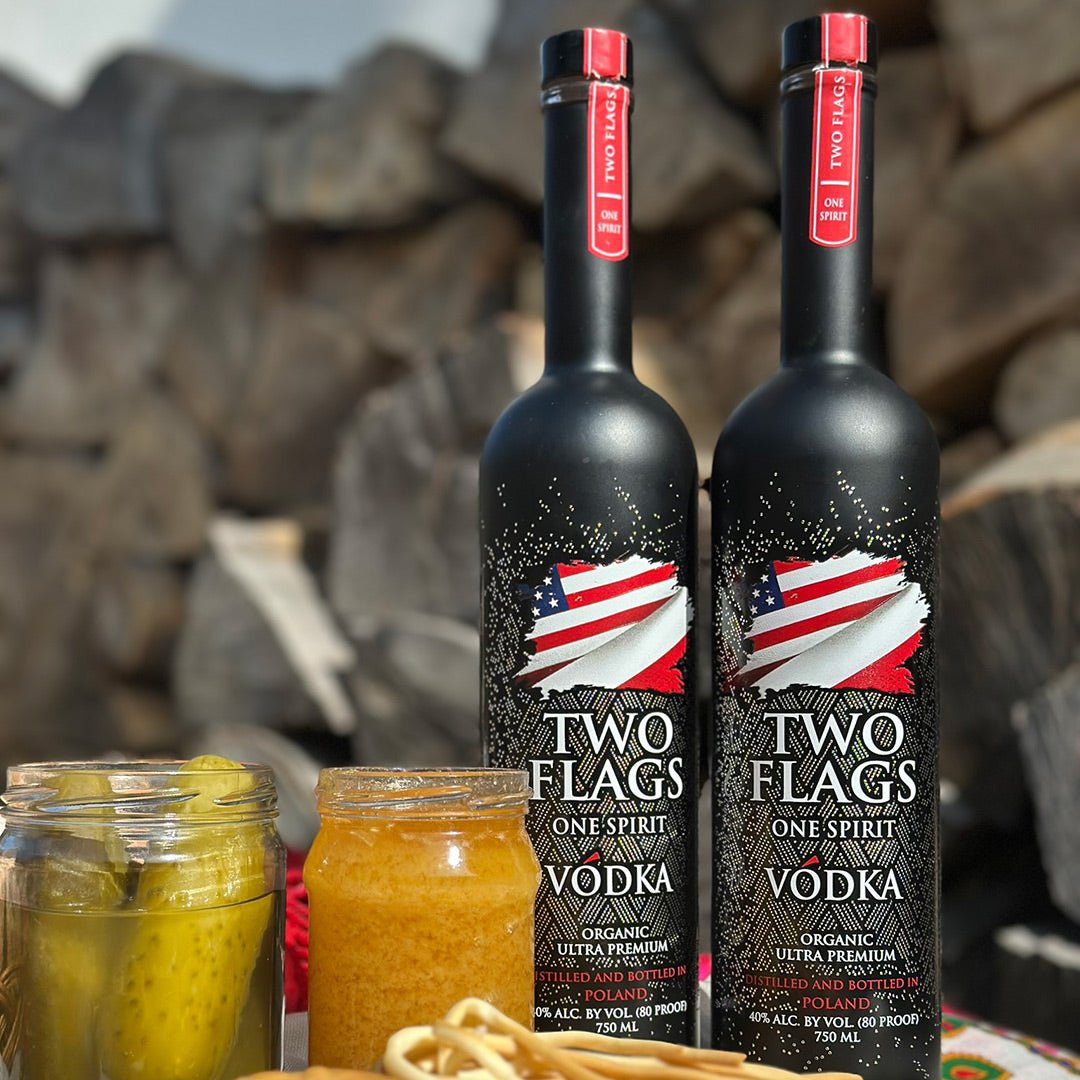
Leave a comment
This site is protected by hCaptcha and the hCaptcha Privacy Policy and Terms of Service apply.